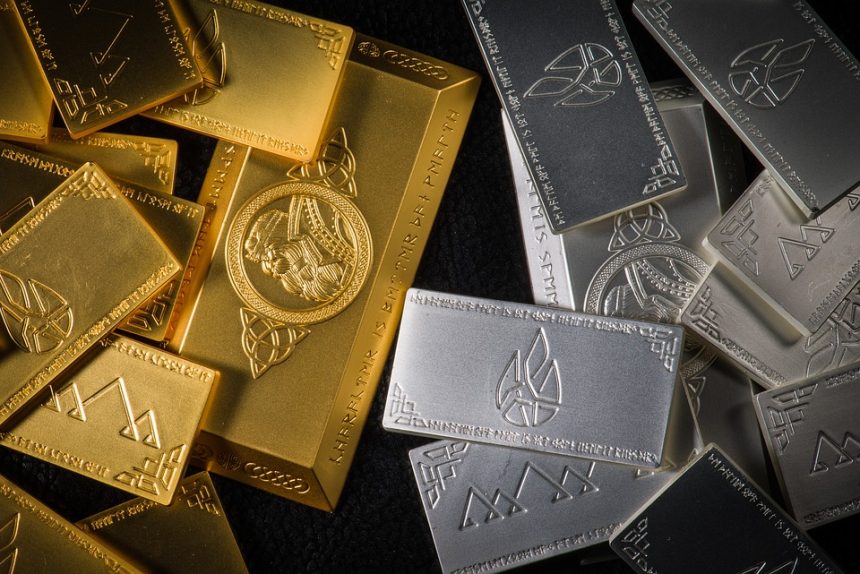In the sprawling digital landscape of the 21st century, where memes and internet culture merge with emerging technologies, few phenomena have ignited as much conversation and controversy as Non-Fungible Tokens (NFTs). As the NFT marketplace continues to thrive, parody culture – particularly in the form of NFT parodies – has emerged as a compelling, humorous, and insightful commentary on this digital trend. But what exactly makes these NFT parodies so appealing? This article examines their artistry, humor, and the cultural commentary that they encapsulate.
The Intersection of Art and Humor
At first glance, the connection between humor and digital art may not be immediately apparent. However, at the heart of every good joke lies an understanding of context, timing, and cultural references – qualities that resonate strongly in both comedy and art. NFT parodies exploit these elements by taking well-known digital artworks, cultural icons, or popular memes and subverting them for comedic effect. This not only invites laughs but encourages viewers to reflect on the original works, revealing deeper insights into both the art and the culture surrounding NFTs.
The Appeal of the Absurd
Parody, especially in the context of NFTs, thrives on the absurdity inherent in both the medium and its marketplace. In a world where pixelated images can be sold for millions, NFT parodies play with the notion of value and ownership, turning a satirical lens on the ever-elusive concept of "digital worth." This absurdity is often accentuated through exaggerated caricatures or ironic juxtaposition, cleverly highlighting the sometimes bewildering nature of the NFT market. Viewers are drawn to these parodies not just for the humor, but also for the opportunity to engage in a conversation about the absurdities of modern capitalism and digital culture.
Social Commentary and Cultural Critique
Beyond the laughs, NFT parodies provide a platform for social commentary. Many parodists utilize humor as a means to critique the rampant commodification of art and the speculative nature of digital assets. Through satire, they ask questions about authenticity, ownership, and the impact of technology on creative expression. For instance, the viral popularity of works like the “Disaster Girl” meme being sold as an NFT raised eyebrows; parodists jumped at the chance to create satirical takes that poked fun at the notion of a singular "authentic" image in an increasingly decentralized digital world.
Community and Connection
Another alluring aspect of NFT parodies is their capacity to foster community. In a digital space overflowing with creativity, parody artists often connect on shared experiences, creating a sense of camaraderie among creators and collectors alike. This sense of connection is amplified by the participatory nature of the internet; many viewers and fans engage directly with the content, sharing it across platforms or even creating their own iterations in response. This collaborative spirit not only amplifies the reach of parody art but also reinforces the idea that humor can serve as a unifying force in a fragmented digital age.
The Evolution of Digital Art
As the conversation around NFTs continues to evolve, so too does the medium of parody itself. Parody artists are experimenting with formats, combining traditional comedic elements with cutting-edge technology, such as augmented reality or interactive experiences. These innovations not only make the art more engaging but also encourage a broader audience to engage with the NFT ecosystem. The blending of humor and artistry continues to push boundaries, challenging the status quo of what constitutes valuable art in the digital age.
Conclusion: Laughing Through the Lens of NFTs
NFT parodies stand at the intriguing crossroads of humor, artistry, and social critique. By leveraging the absurdity of the NFT landscape, these works invite laughter while simultaneously prompting deeper reflection on contemporary digital culture. As they continue to evolve and inspire, NFT parodies remind us that humor and art are powerful tools for storytelling and commentary – especially in a world that often feels perplexingly out of sync. Ultimately, the art of the joke in the realm of NFTs serves not only to entertain but also to engage, challenge, and connect us all through shared experiences and laughter.






